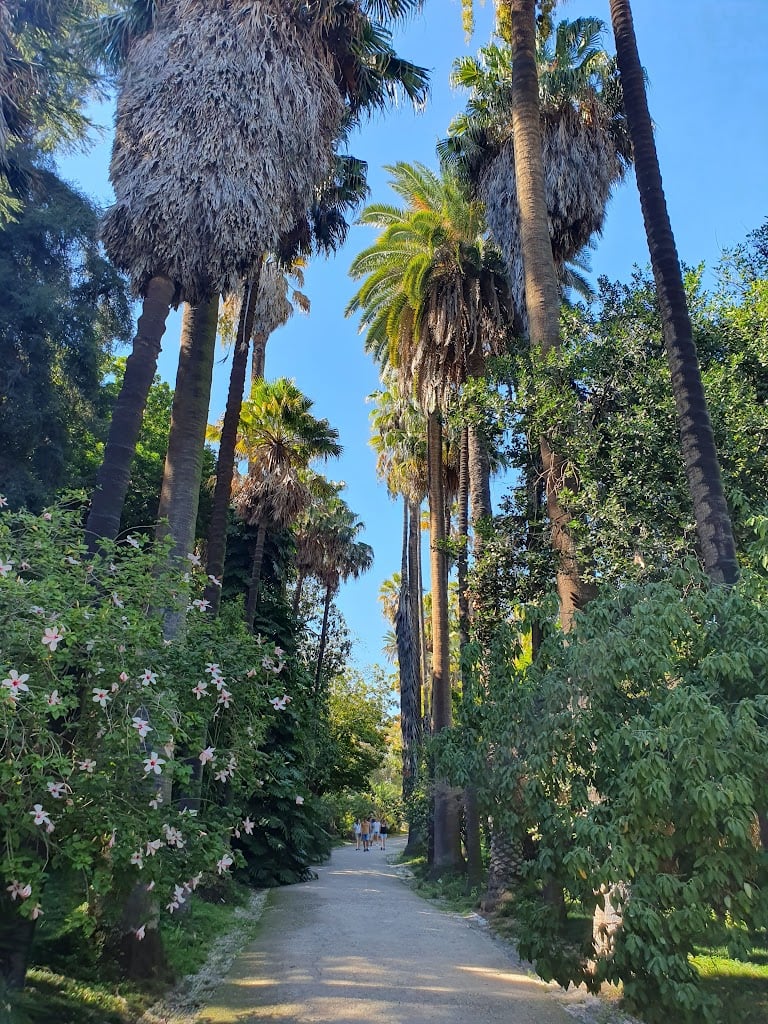Botanical Garden of Lisbon





Ask ThatchGPT
Suggest a local expert to plan my trip
Suggest an unique itinerary for my Portugal trip
What foods do Portugal locals eat
What are some true hidden gems in Portugal
Help me brainstorm trip ideas for Portugal
Help me plan a family-friendly trip to Portugal
What people say
Pedro Pereira
Available for hire
"The Lisbon Botanical Garden, which belongs to the National Museum of Natural History and Science (MUHNAC), combines an enormous diversity of species (between 1,300 and 1,500) with the beauty and fascination of its corners and slopes that invite you to discover them for a long time. Some trees are particularly interesting due to their monumentality and size. The remarkable diversity of palm trees, coming from all continents, gives an unexpected tropical flavor to different locations in the Garden. The cycads are one of the Garden's ex-libris. Authentic living fossils, they represent ancient flora, most of which have become extinct and are only preserved in botanical gardens. The Garden is particularly rich in tropical species originating from New Zealand, Australia, China, Japan and South America, which attests to the peculiarities of the different microclimates created in this Garden by the topographic location in which it is located. The Garden dates back to 1878. The first garden used by Polytechnic students was the Ajuda Botanical Garden, whose scientific and administrative supervision passed to the School in 1839. In 1873 work began on the new garden, on the initiative of the Count of Ficalho (1837-1903). The Garden has been open to the public since it began operating in 1878. It houses the carpological collection and the Index Seminum. It was classified as a National Monument in 2010, integrating all the artistic heritage (sculptures) and buildings that are located there: Astronomical Observatory of the Polytechnic School, Herbarium Building, Greenhouses, Palmarium, and old wooden greenhouse."
Danielle Potere
Available for hire
"This looks beautiful and if you're staying in Lisbon for a few days definitely seems worth checking out! It could be a great city break!"
Read more in:
Rebecca Shelley
Available for hire
"Another place we have't had the chance to explore yet but the photos of this gorgeous garden look lush. "
Read more in:
Mentioned in these guides
About Botanical Garden of Lisbon
Get the inside scoop on Botanical Garden of Lisbon from local experts, travel creators, and tastemakers. Browse genuine trip notes, Botanical Garden of Lisbon reviews, photos, travel guides, and itineraries from real travelers and plan your trip with confidence.
Save this spot for later or start mapping out a new trip today
Try our AI Travel Assistant and get instant answers to any questions about your trip.
Ask ThatchGPT


